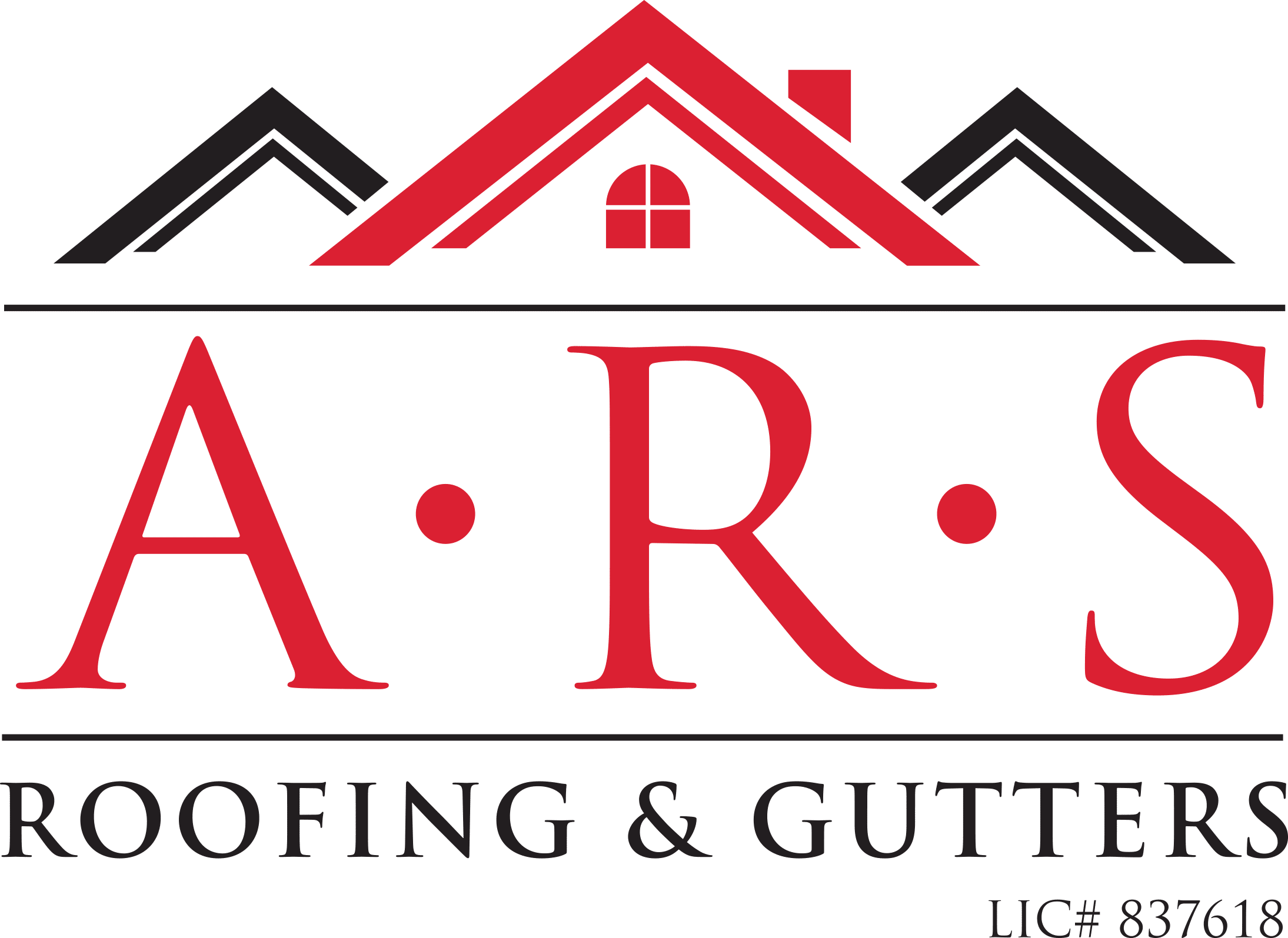Internal gutter systems comprise a fascia board, gutter lining material, and a metal drop scupper.
The common gutter lining can be either a hot mop built-up roofing, a PVC/TPO single ply, or a torch down membrane. Used mostly in flat roof systems, internal gutter systems are occasionally designed for metal roofing systems. Typically, they are used when the building design does not support external gutters or when the homeowner wants to hide the gutters.
When installed correctly, the built-up and torch down roofing can last up to 20 years. The average lifespan of PVC/TPO liners is between 20 and 30 years. When replacing your roof, remember to replace your gutter system as well.
Some common reasons why internal gutters fail are:
- Poor joint design
- No overflows
- Insufficient outlets
- Inadequate or improper maintenance
Decide If You Should Install Internal Gutters
Internal gutters are not right for every home. Many homeowners avoid using internal gutters because they deposit water inside the building envelope. When the tube drainage system fails, water damage could occur.
If insulation becomes wet, it can damage surfaces and structures in contact with it. Surfaces could get slippery, and someone may trip or fall.
Water infiltration can create the ideal conditions for mold growth. Mold causes a number of health issues including nasal stuffiness, eye, skin, & throat irritation, and wheezing.
Long-term exposure can result in more serious problems such as trouble concentrating. Some studies have found that mold can contribute to mental issues including depression and anxiety.
Internal gutter repair in Marin County is riddled with challenges as the roofing material is usually installed atop the gutter system.
Some signs your internal gutter system is failing are
- Peeling paint
- Damage to masonry
- Moist wood.
These symptoms can indicate serious damage to the walls, ceiling, structural framing, or decorative molding.
We cannot emphasize enough the importance of regular gutter maintenance. Many gutter problems are avoidable, but snowball into major issues when there is lack of maintenance. Have your roofing contractor inspect your internal gutter system every year.
Visually inspect the joints in the metal and take steps to reduce wear and tear on them. Do not use roofing tar to seal the joints as tar can trap water, damaging the wood.
Some Design Considerations
Here are some design tips to make internal gutter safe:
- Your gutters should be wider than 300mm. Wider gutters are easier to maintain than narrower gutters
- Make sure the base is strong enough to handle foot traffic
- Avoid discharging downpipes and/or spreaders into your gutters
- Provide a weir outlet
- The distance between the outlet and seams should exceed one meter
Can’t decide if internal gutters are right for your home? Let ARS Roofing, Gutters & Solar help. We are committed to helping homeowners get the most out of their gutters. To schedule an inspection, call (707) 584-5900.
